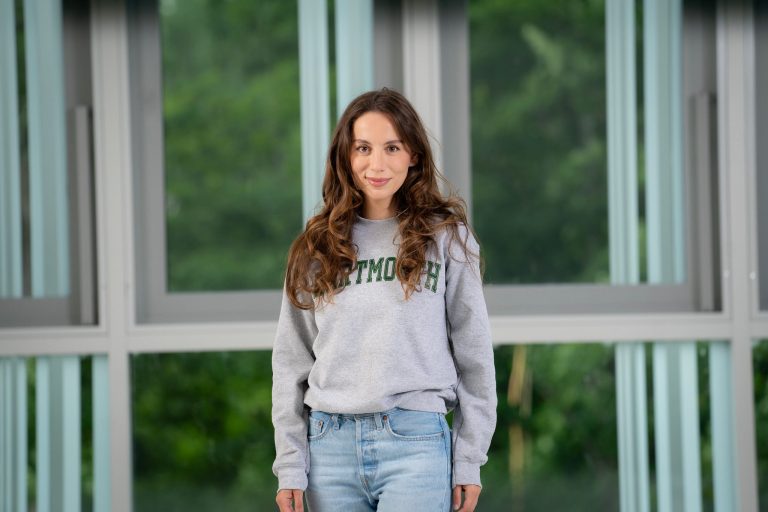OpenAI’s chief technology officer, Mira Murati, announced her resignation on Wednesday, marking another significant leadership exit as the artificial intelligence powerhouse undergoes substantial organizational changes.
Murati, a pivotal figure behind the development of ChatGPT and DALL-E, in a note to the OpenAI team posted to X (formerly Twitter), said,
My six-and-a-half years with the OpenAI team have been an extraordinary privilege. There’s never an ideal time to step away from a place one cherishes, yet this moment feels right.
Murati’s departure is particularly shocking as she was chosen to replace Sam Altman as interim CEO last November when Altman was ousted for a brief period and then restored to his role within days.
She has also served as a prominent public face for the start-up, regularly making appearances to discuss its technology.
Her exit follows a string of high-profile resignations within the company, signaling broader shifts within OpenAI’s leadership as it navigates its controversial path to profitability.
Mira Murati’s departure is not an isolated incident. Hours after her resignation, OpenAI’s chief research officer Bob McGrew, and vice president of research Barret Zoph also announced their plans to leave the company.
In posts on X, McGrew noted that it was “time for me to take a break,” while Zoph shared that he was “exploring new opportunities.”
I just shared this with OpenAI:
Exits coincide with company’s plans to make it profitable
These exits come after a turbulent year for OpenAI, marked by the sudden removal of CEO Sam Altman from his position, followed by his reinstatement just five days later.
The New York Times reported that OpenAI’s leadership departures coincide with efforts by Altman and his team to transform the company’s business model.
While OpenAI was initially founded as a non-profit research lab, recent moves suggest a shift toward raising revenue and scaling the business.
OpenAI is currently controlled by the board of a non-profit organization, but the company is reportedly exploring options to shift into a more traditional for-profit structure by next year.
As part of this strategy, OpenAI is in discussions for a new round of investment that could value the company as high as $150 billion, Bloomberg and others have reported.
Potential investors include prominent players such as Microsoft, Nvidia, Apple, Tiger Global, and MGX, a technology investment firm from the United Arab Emirates.
OpenAI’s previous valuation was $80 billion, highlighting the firm’s rapid growth and the increasing interest from global investors.
Despite its significant achievements, including the widespread success of ChatGPT and DALL-E, OpenAI’s costs are outpacing its revenue.
The company generates over $3 billion annually in sales but reportedly spends around $7 billion per year, NYT said.
The financial gap has intensified the company’s need for additional funding, driving the ongoing investment talks.
‘Shiny products’ over safety concerns
In May, two key figures, Ilya Sutskever, and Jan Leike, left after leading OpenAI’s Superalignment team, which was responsible for ensuring artificial general intelligence (AGI) remained safe.
Leike later criticized OpenAI for prioritizing “shiny products” over safety concerns and stated that resource constraints hindered the team’s ability to complete critical research.
Former policy research worker Gretchen Krueger, who also recently resigned from OpenAI, expressed concerns about the lack of transparency and accountability within the organization.
She highlighted the need for improvements in decision-making processes, the careful use of AI technology, and the mitigation of impacts on inequality, rights, and the environment.
“These are concerns shared by many people and communities and should not be misread as narrow or speculative,” Krueger wrote in her resignation note.
The exits followed those of two other safety researchers, Daniel Kokotajlo and William Saunders, who left for similar reasons.
Kokotajlo said he left after “losing confidence that it (OpenAI) would behave responsibly around the time of AGI.”
In August, John Schulman, another OpenAI co-founder resigned to join rival AI firm Anthropic.
As OpenAI pivots towards becoming a more profit-driven company, the tension between ethical AI development and commercial interests remains a point of contention both within the organization and in the broader industry.
With prominent figures like Murati, Sutskever, and Schulman departing, the AI world will be watching closely to see how OpenAI evolves in the coming months.
While the company continues to push the boundaries of what is possible with artificial intelligence, the internal dynamics and leadership shifts suggest that its path forward may not be without challenges.
The post OpenAI’s CTO Mira Murati joins the exit wave: what’s behind the recent departures? appeared first on Invezz

